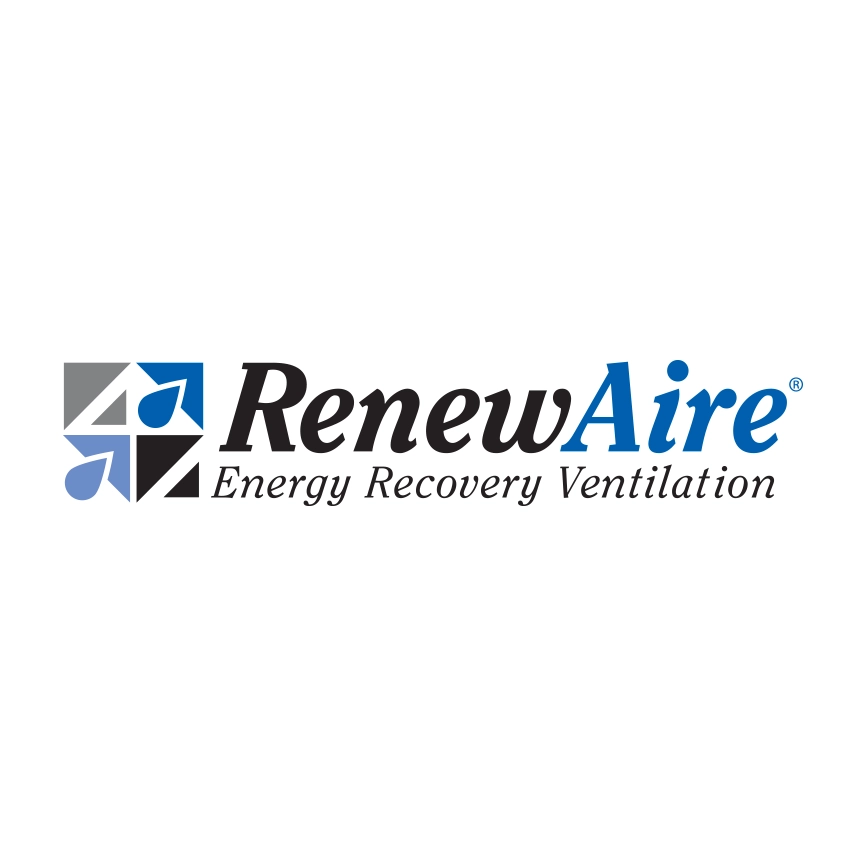COVID-19 Prompts Updates in Building Ratings and Certifications
“For example, the WELL Health Safety Rating created a big board with industry
professionals from across the gamut, be they scientists, or people focused on the biology or
virology, to figure out what would be the best approach [to focus on occupant health and
wellness] in July of last year,” Nugent said.
The COVID-19 pandemic has forced companies and building owners to consider the air quality in their buildings. While the virus might not always be prevalent, air quality is now a top-of-mind issue and a major factor when it comes to occupant health and wellness. Because of this, building owners will have to improve factors such as ventilation.
On this episode of IAQ IQ: Indoor Air Quality and You, Host Tyler Kern discussed building ratings and certifications with Nick Agopian, VP of Sales and Marketing at RenewAire, and Sarah Nugent, Sustainability Director at Steven Winter Associates. Steven Winter Associates provides research, consulting and advisory services to improve commercial, residential and multi-family-built environments for private and public sector clients.
Nugent touched on three programs that set the standards and guidelines for building ratings and certifications: the Fitwel Viral Response Module from the Center for Active Design, GSA and the CDC; the IWBI WELL Health Safety Rating at International WELL Building Institute; and the Leadership in Energy and Environmental Design (LEED) program from the U.S Green Building Council (USGBC).
These three programs were created because of the vacuum and new focus on occupant health and wellness, according to Nugent.
The pandemic has caused a heightened focus on lingering air particles in indoor facilities. The worst air compounds, like viral diseases, cannot be detected by human senses. Agopian believes the world needs to become more resilient.
“There’s a lot of reevaluation, and when we look at minimum code, what does that mean? And if we maintain it, now we definitely have to entertain higher performing buildings that offer us a little more than whatever minimum code was,” said Agopian.
When it comes to indoor air quality standards, customers will likely start choosing a place to visit, rent, etc. based on these certifications. One distinguishing factor will be ventilation standards—buildings can display their WELL Health Safety Rating to indicate how far above standard their facility is ventilated. According to Nugent, Steven Winters Associates emphasizes upgrading systems to increase ventilation efficiency, especially in older buildings.
Listen to hear more about building rating systems and certifications created during the COVID-
19 pandemic.




